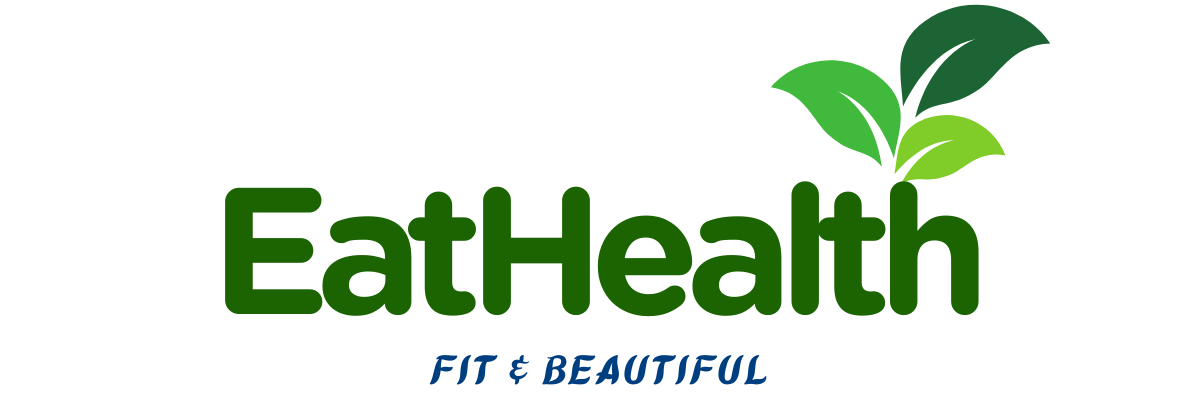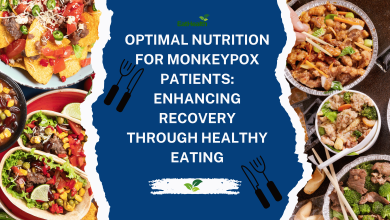Verbal Spice: Adding Flavor to Everyday Food Talks
Flavorful Conversations: Unveiling the Magic of Verbal Spice in Food

Verbal Spice: Adding Flavor to Everyday Food Talks
Food is not just sustenance; it’s a cultural experience, a source of joy, and a means of connection. The language we use to describe food plays a vital role in shaping our perceptions, evoking emotions, and enhancing the dining experience. From tantalizing menu descriptions to mouthwatering food reviews, verbal spice adds flavor to everyday food talks, elevating our appreciation for the culinary world. In this comprehensive guide, we will explore the art of verbal spice, uncovering the language techniques and strategies that enhance our enjoyment and understanding of food.
The Art of Verbal Spice
Verbal spice, also known as linguistic seasoning, refers to the use of expressive language to evoke sensory experiences, convey flavors, and create a sense of anticipation and excitement around food. Whether it’s describing the aroma of freshly baked bread, the taste of exotic spices, or the texture of creamy chocolate, verbal spice adds depth and richness to our culinary conversations, stimulating the senses and igniting our passion for food. Just as we know Ancient Diets: Exploring Historical Nutrition Trends
Language Techniques in Food Description
- Descriptive Imagery: Verbal spice relies heavily on descriptive imagery to bring food to life in the minds of the audience. By using vivid, evocative language to describe colors, textures, aromas, and flavors, food writers and enthusiasts create a multisensory experience that transports readers to the heart of the culinary world.
- Sensory Language: Sensory language appeals to the five senses—sight, smell, taste, touch, and hearing—to evoke a visceral response and enhance the dining experience. By using sensory descriptors such as “crispy,” “fragrant,” “juicy,” and “velvety,” we can convey the sensory attributes of food and evoke a deeper appreciation for its nuances and complexities.
- Emotional Appeal: Verbal spice also taps into emotional appeal to create a connection with the audience and evoke feelings of nostalgia, comfort, or excitement. By sharing personal anecdotes, memories, and associations related to food, we can evoke a sense of warmth and familiarity that resonates with readers on a deeper level.
- Cultural Context: Food is deeply intertwined with culture, history, and tradition, and verbal spice often draws upon cultural references and traditions to enrich food descriptions. By exploring the cultural significance of ingredients, dishes, and culinary practices, we can deepen our understanding of food and appreciate its diversity and richness.
- Experiential Language: Verbal spice uses experiential language to describe the act of eating and the sensations it elicits. By capturing the experience of savoring a dish—the crunch of a crisp apple, the warmth of a hearty stew, the tang of a ripe tomato—we can convey the pleasure and satisfaction of the dining experience.
The Influence of Verbal Spice on Food Culture
Verbal spice plays a significant role in shaping food culture and culinary trends, influencing everything from menu design and restaurant branding to food blogging and social media. In an age where food is often shared and celebrated online, the language we use to describe food has the power to shape consumer preferences, drive food trends, and inspire culinary creativity. By using verbal spice to tell compelling stories, showcase unique flavors, and celebrate cultural diversity, we can enrich our culinary conversations and foster a deeper appreciation for the art of food.
YouTube Channel for Health realted Educational Videos
Practical Tips for Using Verbal Spice
- Be Descriptive: Use descriptive language to paint a vivid picture of the food you are describing, paying attention to colors, textures, aromas, and flavors.
- Appeal to the Senses: Incorporate sensory language to appeal to the five senses and evoke a visceral response in your audience.
- Share Personal Stories: Share personal anecdotes, memories, and associations related to food to create a connection with your audience and evoke emotions.
- Explore Cultural Context: Explore the cultural significance of ingredients, dishes, and culinary traditions to enrich your food descriptions and deepen your understanding of food culture.
- Create Experiential Descriptions: Capture the experience of eating by describing the sensations and emotions elicited by a dish, from the first bite to the lingering aftertaste.
Conclusion
In conclusion, verbal spice adds flavor and depth to our everyday food talks, enriching our culinary experiences and deepening our appreciation for the art of food. By using descriptive imagery, sensory language, emotional appeal, cultural context, and experiential descriptions, we can elevate our culinary conversations and celebrate the richness and diversity of the culinary world. So let’s embrace the art of verbal spice and savor the joy of sharing delicious food stories with one another.




